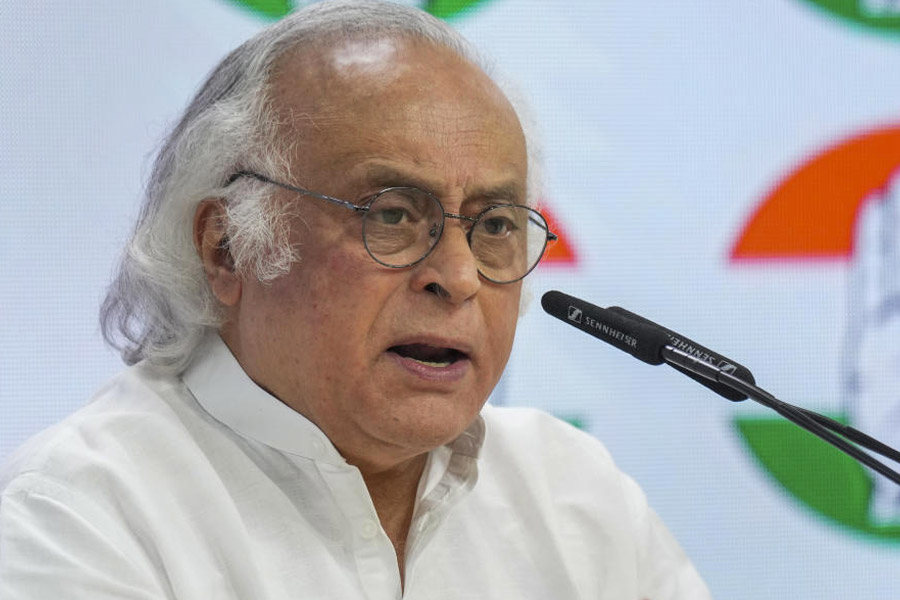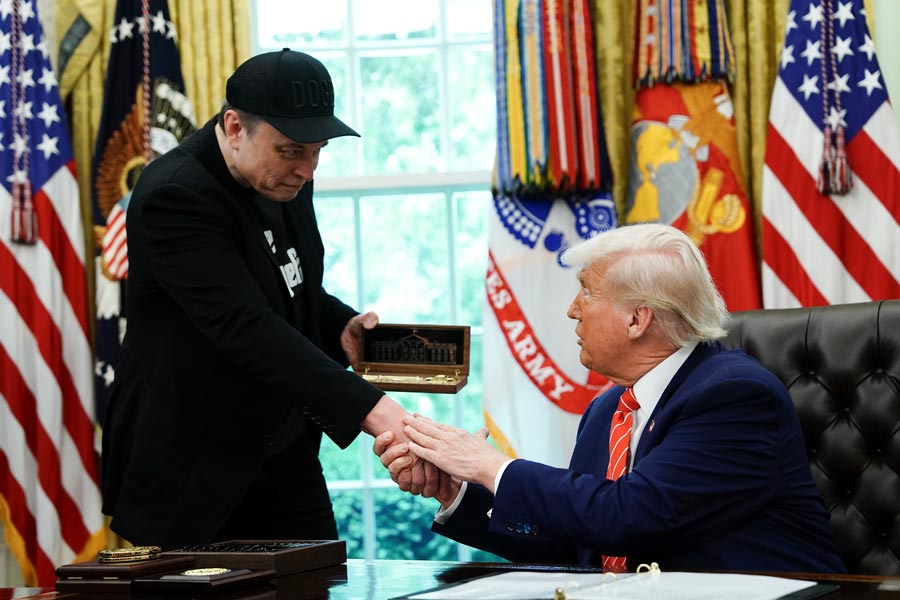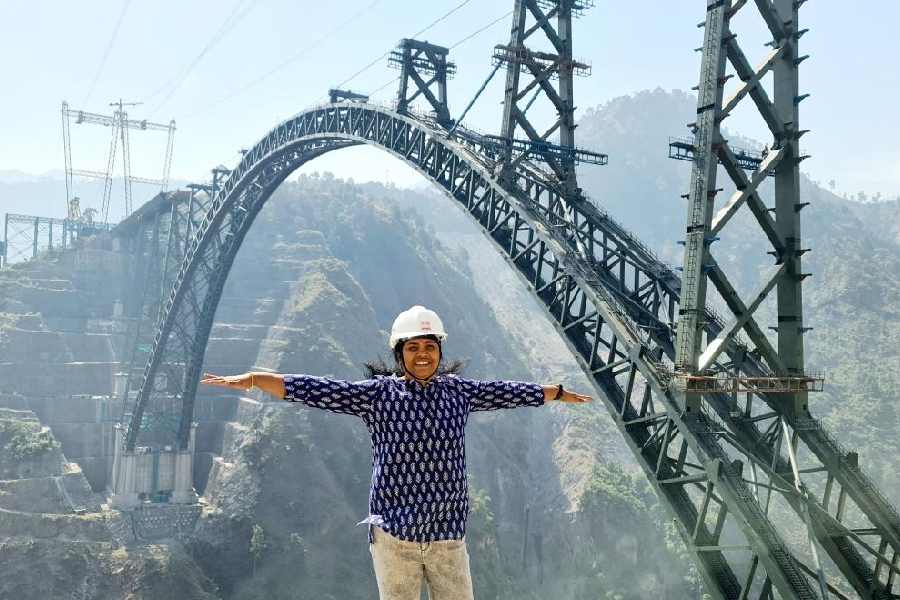|
|
The Service of the State: The IAS reconsidered By Bhaskar Ghose, Viking, Rs 499
Towards the end of a memoir that looks back on 36 years spent as a civil servant, Bhaskar Ghose reveals that he retired from the Indian Administrative Service a reasonably happy man. He admits that despite his long and distinguished stint, he did not succeed in bagging a plum ministerial post. But what he did achieve was the quiet satisfaction of having served the State to the best of his ability. Ironically, at a time when the IAS has been brought into disrepute by the shenanigans of many a bureaucrat, Ghose’s indifference to the perks of power makes him some sort of a pious relic. It is thus a relief to discover in these pages a handful of other bureaucrats who seem to have put the interests of the nation above all else.
Among others, there is Anil Lakhina, who revolutionized a Maharashtra collectorate through the famed ‘Lakhina experiment’; T.V. Antony, who led the family-planning programme in Tamil Nadu, as well as another IAS officer who spearheaded the literacy campaign in Ernakulam. These examples serve a dual purpose. They bolster Ghose’s passionate argument that the IAS, despite its severe shortcomings, remains relevant in a vastly transformed India. Second, they also reveal the immense systemic challenges that righteous civil servants battle in the course of discharging their duties.
A candid Ghose illuminates many of the IAS’s shortfalls, most of which have to do with an archaic training module that overemphasizes theoretical training and the ‘grooming’ of officials. Ghose confronted many a difficult situation in his career: ordering a lathi charge on a mob of restive jutemill workers in Titagarh as Subdivisional Magistrate was one such. I wonder whether Ghose, in the heat of that chaotic moment, had reflected on the hours he had spent learning unnecessary tricks such as horse-riding, rock-climbing or the arrangement of cutlery at the National Academy of Administration. Ghose seems to suggest that these skills had inculcated in him the ability to respond to critical situations. Apparently, game theory, cooking and yoga have replaced the older techniques to train the babu. Then why is it that many years later, during his stint as Commissioner of Jalpaiguri, Ghose was told repeatedly by his subordinates that the system of training still remained antiquated? Is it because the IAS, even decades after Independence, continues to carry the detritus of the imperial template that concerned itself with ruling a vast, complicated territory by remaining, to a large extent, insensitive to local concerns?
Ghose has the uncanny ability to take the reader to the heart of administrative action. His experience of being Secretary to the former Chief Minister — Siddhartha Shankar Ray — must have given him a ringside view of the mechanisms that are integral to the State’s functioning. His discovery as Joint Secretary in the Department of Social Welfare of the tedious process of passing a file through the labyrinth that is the bureaucracy also highlights the slothful nature of India’s administration.
The memoir also refreshes our memories of the many ills that blighted Bengal during Communist rule. Ghose describes how the bureaucracy was rendered toothless by a regime that went about its task of unionizing key establishments such as the police and the administration with clinical precision. A number of ‘situations’ — the unrest in Darjeeling, for instance — took a turn for the worse as a domineering government and a servile bureaucracy began to speak the language of indifference.
The text is enlivened by hilarious anecdotes. During his stint at the Information and Broadcasting Ministry, Ghose was asked to review a Tamil film. The translator, who had been hired to assist Ghose, became so engrossed in the movie that Ghose could elicit nothing but shrill cries of ayyo! from the hysterical woman every time he asked her what was going on.
These interludes do not mitigate the concerns that Ghose expresses vis-à-vis the IAS. Foremost among them is an IAS officer’s lack of expertise in specific areas. To plug this lacuna, Ghose proposes an arrangement featuring ‘specialists’ serving under the aegis of a civil servant. The specialist, in Ghose’s contention, would chip in with helpful details, while the bureaucrat would handle policy formulations, fund disbursal and, most importantly, pesky political interference.
Ghose’s formula, however, remains unconvincing. This is because the Indian bureaucrat seldom appears to have the wherewithal to triumph against his wily political master. The preferred strategy among babus is two- pronged: forge a nexus with unscrupulous politicians and enjoy the fruits of power. (Confrontation inevitably jeopardizes careers: witness Narendra Modi’s hounding of three senior IPS officers for spilling the beans about the 2002 carnage.) The second, but less favoured, option is to acknowledge the institutional deficiencies and then rely on one’s inventiveness to work the system for the sake of the people.
Ghose’s sanctimonious defence of the bureaucracy is undoubtedly based on the legacy of several accomplishments. Some of these, such as Ghose’s decision to impose an embargo on the ASI’s excavation reports on the contentious site as the political temperature rose over the Ram Mandir issue, are truly exemplary. But instances of bureaucratic lapse have neutralized the few gains. As the book confirms, the biggest problem, apart from corruption, the meek surrender to politicians and inflexibility, is the bureaucracy’s alienation from the people. Ghose recounts calling on farmers as Deputy Commissioner to convince them to buy a new variety of paddy. More than the seeds, the men were struck by the DC sahib’s decision to visit their humble homes. The bewilderment of the subjects reveals the distance that separates the IAS from its avowed goal.











